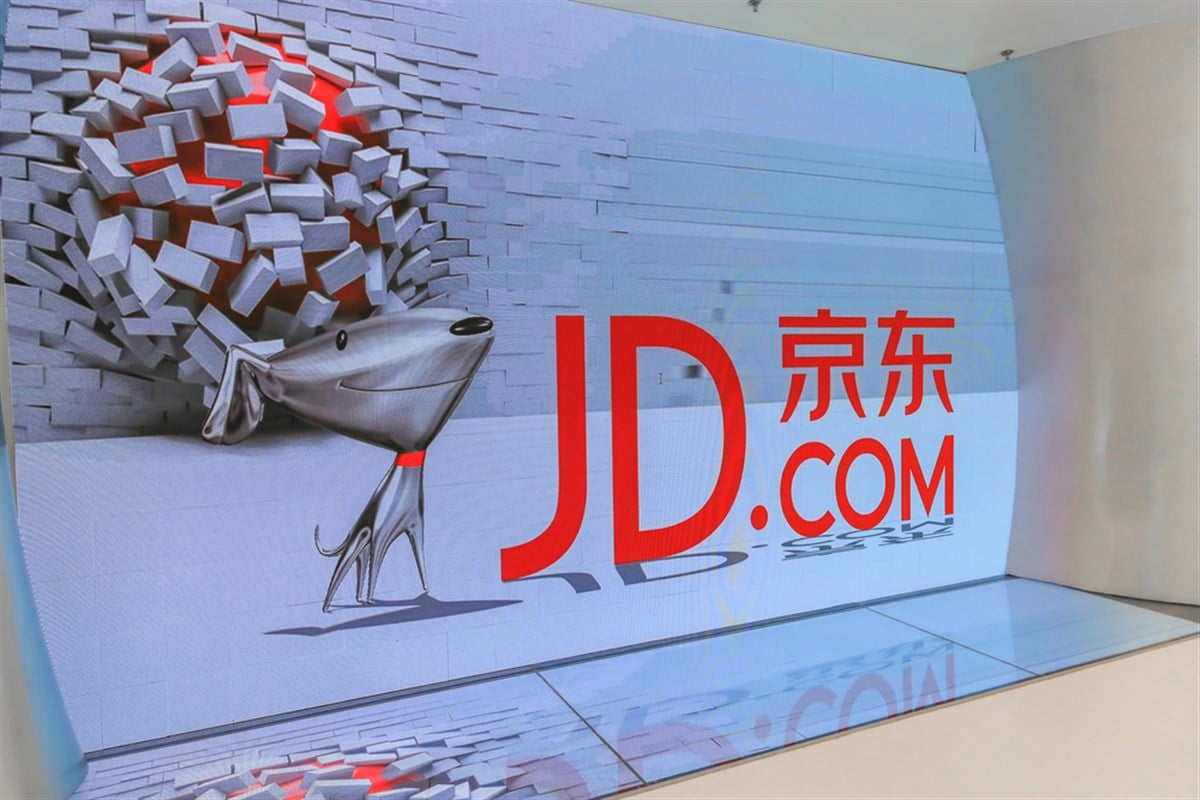
Everyone knows about the China story. It is a market that investors can’t trust for a thousand different reasons, though those smart enough to see through the media’s fine print could end up owning some of the most exciting and fast-growing stocks in the market today.
The news follows stock prices, so when the CSI 300 (China’s S&P 500) reached nearly a decade-low, news became pessimistic about Chinese stocks. Consequently, investors like Ray Dalio started buying into the iShares MSCI China ETF (NASDAQ: MCHI). In contrast, Michael Burry (yes, the guy who called the 2008 financial crisis) started picking individual stocks.
Among his top holdings, Burry picked Alibaba Group (NYSE: BABA) and JD.com Inc. (NASDAQ: JD) as his top holdings, each carrying a $9 billion and $9.8 billion investment in each for his portfolio. After these mega investors were done buying, the news started to shift for the better; lucky for investors, it isn’t too late to start hopping on this wave.
JD’s Consumers Lead the Way
Here’s a quick tip for investors trying to gauge the consumer discretionary sector of any economy, it’s all about inflation (usually). After seeing flat to negative inflation in the third and fourth quarters of 2023, the Chinese consumer seemed asleep, causing most of the concern investors felt around Chinese stocks.
However, after pumping out three consecutive months of positive inflation, the Chinese economy looks like it may be on its way back to health. Behind this trend is the government itself, as Chinese officials have been sending round after round of economic stimuli to help rescue the stock market.
What started with restrictions on short selling has now ended up in a $138 billion bond sale from China, along with $268 direct injections into the economy in part of the government. All of this added liquidity has to end up somewhere, and JD’s business is one of them.
According to the company’s press release, net product revenues jumped by 6.6% over the past 12 months, far from being a symptom of a deadbeat economy. Following suit, net services revenue also increased by 8.8% during the period, giving investors critical information regarding the Chinese economy.
Because both products and services are rising, investors can tie JD’s results to the Caixin Composite PMI index expansion since November 2023. The research behind Burry’s and Dalio’s buying could be about to pay off.
How’s The Market Feeling Now?
A 70% rally in the past quarter is a great place to start answering this question; now that JD stock trades at 80% of its 52-week high, investors can safely begin to assume that bullish momentum is taking over the stock.
Once upon a time, stocks like J.D. were deemed ‘uninvestable,’ a sentiment that made them fall behind U.S. peers like Amazon.com Inc. (NASDAQ: AMZN) and others in the Technology Select Sector SPDR Fund (NYSEARCA: XLK). Now, the tables have turned.
Over the past quarter, JD stock has outperformed Amazon stock by nearly 30% and the broader technology sector by a couple of percentage points more. Noticing the switch in momentum, Wall Street analysts decided to express their own public views.
HSBC felt comfortable slapping a $39 a share price target on JD stock, calling for a 15% upside from its current price. As these targets were set—and not adjusted—in March 2024, they could still be considered valid today.
More than that, these analysts expect to see 13.3% earnings per share (EPS) growth ahead for this year, far from China's widespread bearish economic expectation. The changing current should be an initial green flag for investors to investigate Chinese stocks further.
Despite recent outperformance, JD stock trades at a discount to the retail sector, measured in price-to-earnings (P/E) terms. A valuation multiple of 15.8x places JD stock roughly 48% below the sector’s average 30.3x valuation today.
Bullish price action, double-digit upside, and roughly half the price of its peers. But wait, there’s more; a price-to-sales (P/S) ratio of 0.3x significantly undermines JD’s potential sales (which are ramping up with China’s comeback).
According to Bank of America, the retail sector in the U.S. trades at a P/S ratio of 5.7x despite rising credit card delinquencies and deteriorating FICO scores, not to mention a contraction in U.S. consumer sentiment readings.














